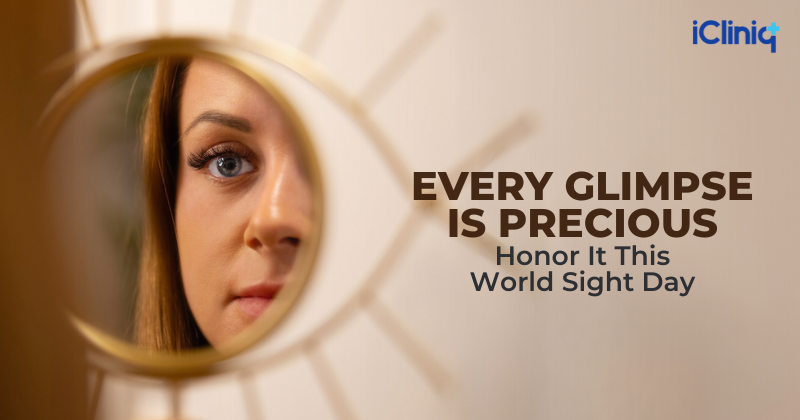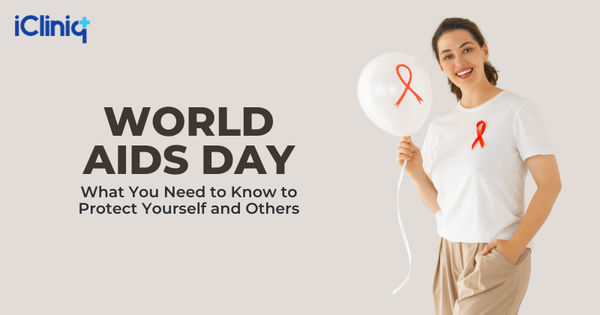Every Glimpse is Precious: Honor It This World Sight Day

World Sight Day is a globally celebrated event, observed every year on the second Thursday of October. The day serves as a reminder of the importance of our vision and the urgent need to address the challenges faced by those suffering from blindness, vision loss, or other impairments.
We all know the irreplaceable value of our eyes. Imagine a world without the gift of light, color, and sight. Sadly, vision problems are more widespread than we think. According to global reports, 2.2 billion people worldwide are affected by eye problems, and nearly half of these cases could have been prevented or treated with timely care.
A Brief History of World Sight Day
World Sight Day was first introduced in 1998 as a global campaign launched by the World Health Organization (WHO). Since then, it has been organized annually by the International Agency for the Prevention of Blindness (IAPB).
The day is not only about raising awareness but also about bringing together governments, healthcare organizations, NGOs, and communities to take action in reducing avoidable blindness and vision impairment across the globe.
Common Causes of Blindness and Vision Impairment
While some vision problems are unavoidable due to age or genetics, many are preventable or treatable with proper care. Some common causes include:
- Refractive errors such as nearsightedness and farsightedness
- Cataract – The clouding of the eye’s natural lens.
- Glaucoma – A group of eye conditions that damage the optic nerve.
- Diabetic Retinopathy – A diabetes-related complication affecting the eyes.
- Uncorrected refractive errors due to lack of timely eye care.
With early detection, lifestyle changes, and medical intervention, millions of cases of vision loss can be avoided.
Simple Everyday Practices to Protect Your Eyes
Taking care of your eyes does not always require complex solutions. Small lifestyle changes can make a big difference:
- Follow the 20/20/20 Rule – Every 20 minutes, look at something 20 feet away for 20 seconds to reduce digital eye strain.
- Limit Screen Time – Avoid excessive exposure to smartphones, laptops, and televisions.
- Spend Time Outdoors – At least 2 hours a day outside can help reduce the risk of developing nearsightedness, especially in children.
- Know Your Family History – Many eye conditions can be hereditary. Early awareness helps in prevention.
- Quit Smoking and Limit Alcohol – Both can increase the risk of age-related macular degeneration and cataracts.
- Wear Sunglasses – Protect your eyes from harmful UV rays when outdoors.
- Schedule Regular Eye Checkups – Routine eye exams help detect issues before they become serious.
Why Awareness and Compassion Matter
World Sight Day is not only about prevention but also about empathy and support. Living with blindness or vision impairment can be emotionally and socially challenging. By understanding the struggles of those affected, we can foster compassion and inclusion.
This year, World Sight Day will be observed on October 9, 2025. On this day, let us pledge to care for our own eyes and encourage loved ones, especially children and the elderly, to prioritize their vision health. Protecting eyesight is not just a personal responsibility; it is a moral duty toward our community.





